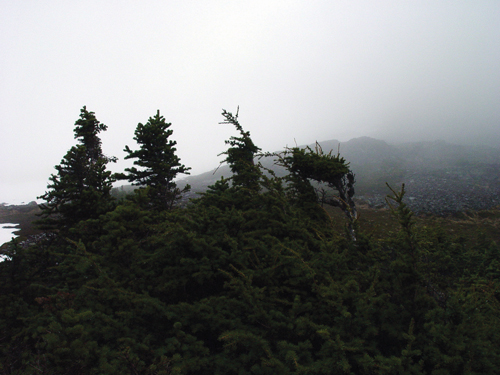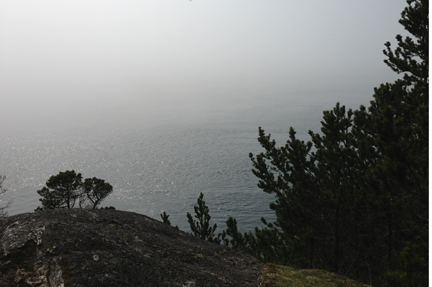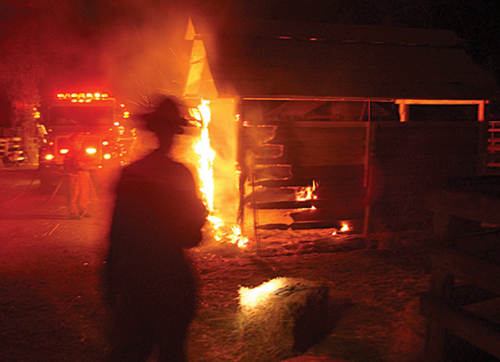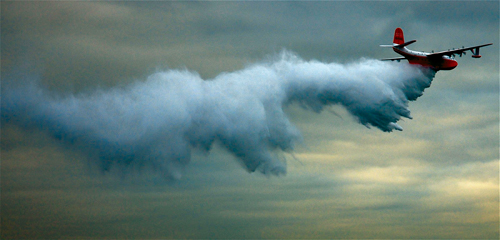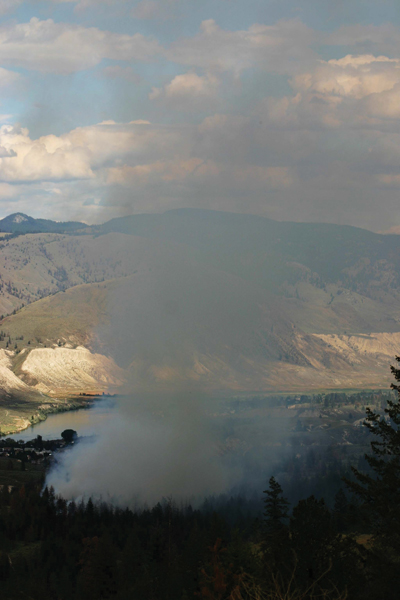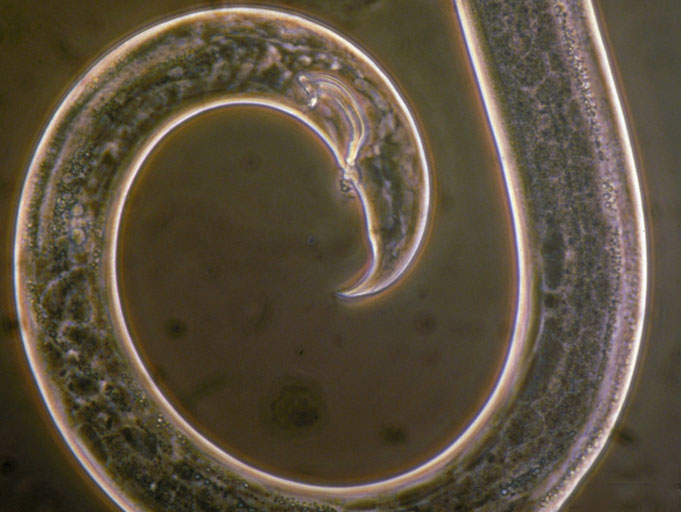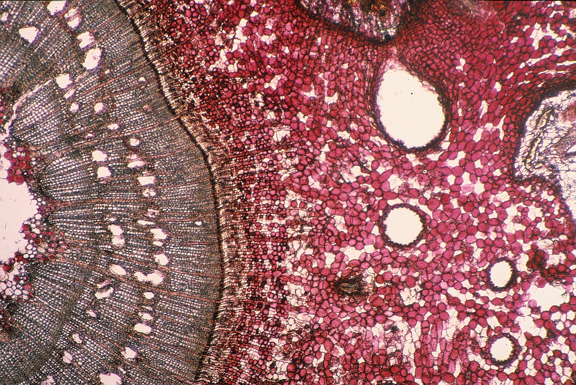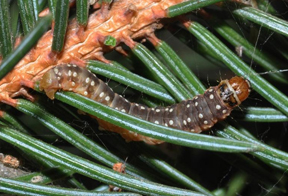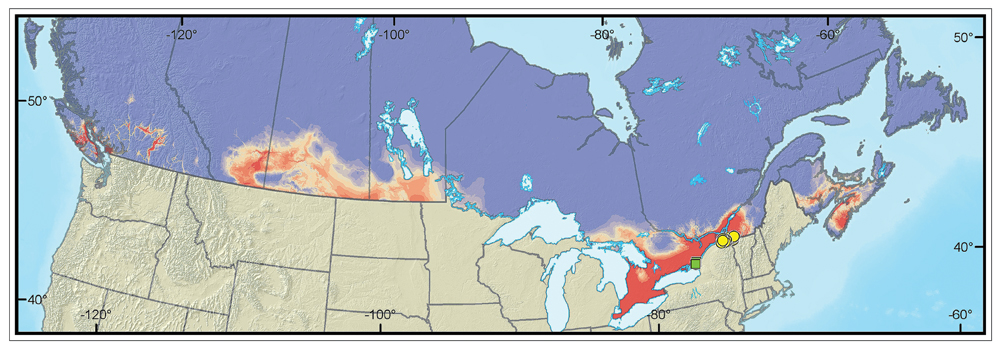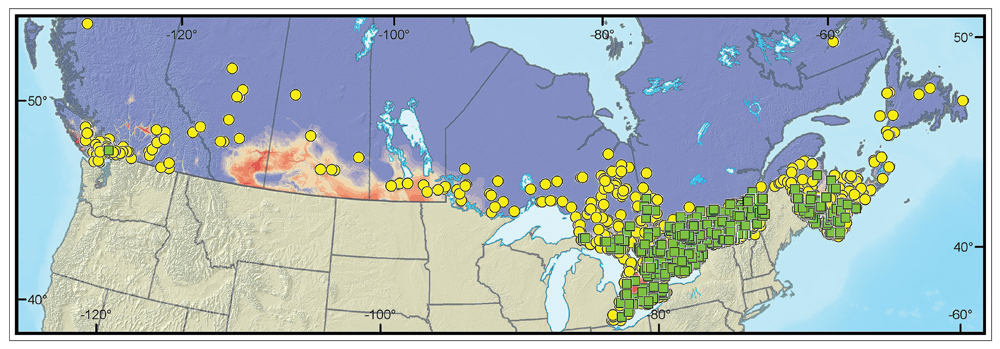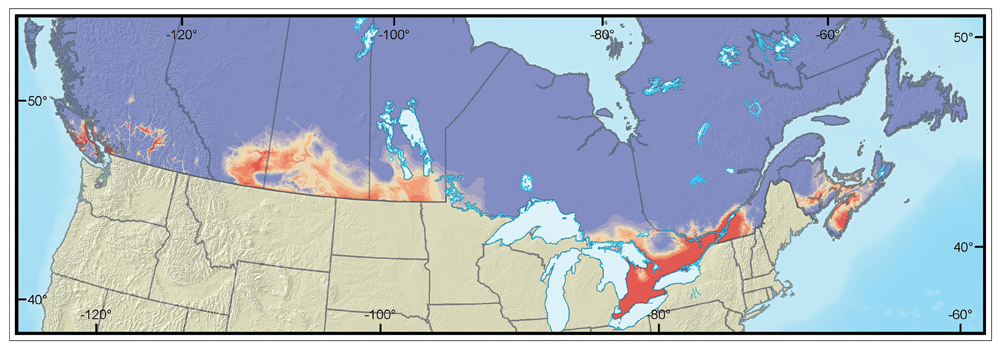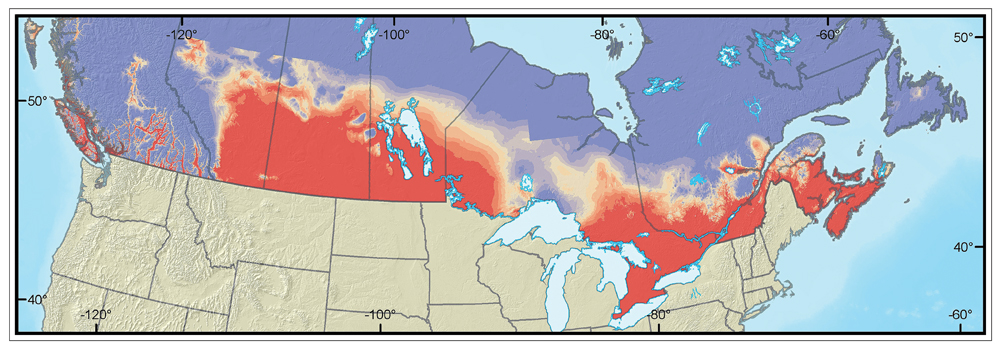Information Forestry, August 2006 —Budworms are among the most destructive forest insects in North America. During outbreaks, eastern spruce budworm, western spruce budworm, jack pine budworm and their relatives strip foliage from tens of thousands of hectares of susceptible conifers across the continent.
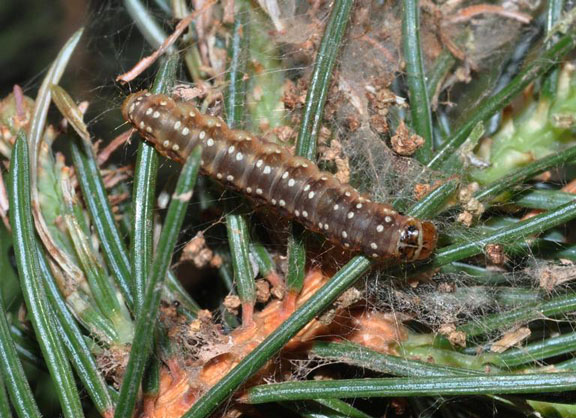
Western spruce budworm is one of several budworm species that eat evergreen needles in Canada's conifer forests.
Now, thanks to indicators identified by Canadian Forest Service scientists, forest managers may be able to use simple chemical analyses to identify areas at particular risk to budworm outbreaks. Insect Ecologist Vince Nealis and Research Scientist Jason Nault plotted changing chemistry within developing Douglas-fir needles against the ability of western spruce budworms to feed successfully on the trees’ buds. From that, they determined that the same molecular compounds that give evergreens their distinctive smell also indicate the potential success of budworms in a given year.
“An important part of the life history of the budworm has to do with how well it is synchronized with the flush of new buds in the spring,” says Nealis. “We wanted to quantify the relationship between emergence of western spruce budworm and development of the insect’s preferred food, Douglas-fir buds.”
Key to the prediction method is a mixture of complex, aromatic hydrocarbon molecules, called terpenes, found in all evergreen needles. The proportions of different terpenes in the mixture within buds change rapidly, but predictably, as buds develop in the spring. The rate of progression from one dominant terpene to another is closely tied to site temperature. In cooler places or during cooler years, the progression—and bud development—occurs more slowly. This can upset the timing of budworm emergence to bud suitability, with consequences to outbreak risk.
According to retired, now-volunteer U.S. Forest Service Research Entomologist Karen Clancy, who studies resistance in Douglas-fir to western spruce budworm, budworm population success depends on that timing. “Phenology of bud break is probably the most important factor driving resistance in individual trees to western spruce budworm damage, and driving budworm population dynamics.”
Western spruce budworm emerges from its winter shelters in early spring and subsists on older Douglas-fir needles and pollen cones until its preferred food—tender, developing buds—comes into season. If larvae emerge too early or if bud development is delayed, greater numbers of budworms die, and that particular forest stand may benefit from a year without an outbreak.
By measuring the terpene profiles of developing buds using gas chromatography, Nealis and Nault found they can pinpoint where and when host trees would be most suitable for budworm outbreak in a given year and where the risk of damage is greatest. Knowing this allows forest managers to better plan and implement pest management options, and better manage forests in their care.
“They appear to have found a good, reliable, relatively easy way to measure the bud break phenology of individual trees and populations of trees,” says Clancy. “Measuring bud break phenology with other methods like going out and collecting samples and visually assessing each of the buds is very time consuming. If you can clip just one branch from a tree and analyze its foliar terpenes, that’s a phenomenal result.”
Although Nealis and Nault identified the correlation between terpene profile and bud suitability for budworm by performing linked biological and chemical assays on western spruce budworm and its host, Douglas-fir, Nealis suspects “the method can be applied to jack pine budworm or eastern spruce budworm or any of the other budworms.”
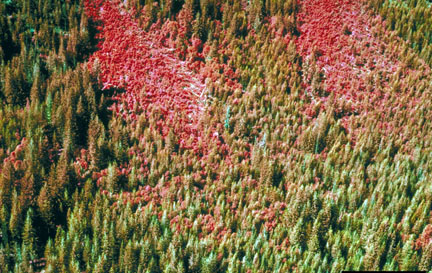
Scents of suitability
Terpenes, the molecules that give conifers their distinct smell, indicate tree-bud suitability to budworm attack. In linked chemical and biological assays of foliage from test trees at eight sites in British Columbia’s interior, Canadian Forest Service researchers identified terpene profiles that can be used to predict host suitability for the insect, severity of defoliation, and identify tree resistance to budworm damage.
© Natural Resources Canada 2006
